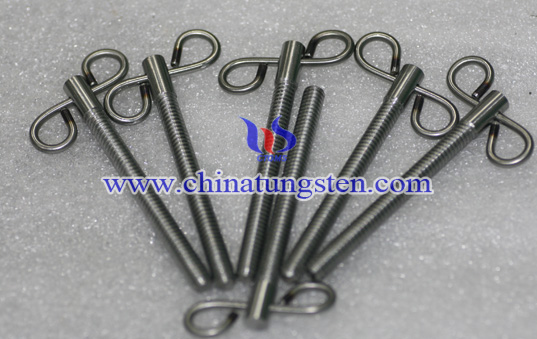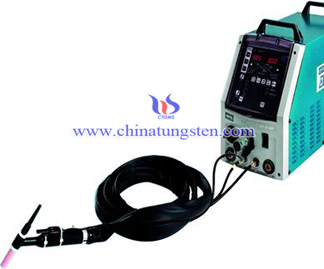TZM Alloy and TIG Welding

Introduction
TZM alloy is often used in high-temperature mold industry, aerospace and military fields. It has good high temperature property and mechanical property, so it is produced varieties shape by welding and used in many fields as high temperature parts. It was found that the using TIG welding to weld TZM alloy with other metals, the welding grains is more coarse, but due to the thermal effect of the welding process, to eliminate partial sheet-like fibrous structure during TZM alloy rolling process, weakening the strength of the alloy, but improve the toughness and plastic property, maintaining sufficient strength to meet the ordinary high-temperature parts’ requirements.
TZM Alloy and TIG Welding
TIG welding is known as tungsten electrode inert gas welding. It is a kind of welding method which usually uses tungsten electreoe as electrode material and argon as protection gas. In TIG welding, manufacturers usually use thorium tungsten electrodes, cerium tungsten electrodes, and zirconium tungsten electrodes as electrode martial. According to the type of power, TIG welding can be divided into three types including DC TIG, AC TIG and pulsed TIG. According to the operation method TIG welding can be divided into: manual welding, automatic welding, and semi-automatic welding, which GTAW is most widely used.
Using TIG welding to weld TZM alloy can effectively prevent oxygen and nitrogen intrusion during welding process. The study found that the use TIG welding to weld TZM alloy the optimal process parameters are as follows: welding current: 210A, arc voltage 25V, welding speed: 4mm/s, argon gas flow rate: 8~12L/min. Analyzing the TZM alloy welded joint microstructure found that the welding zone has coarse grains, containing a small amount of black spots, but welding has dense tissue and some cracks. In addition, the coarse grains zone and transition zone are affected by heat effect that virtually eliminate the tabular grain structure of the alloy, and recrystalization become coarse equiaxed, while the original base metal still maintaining flake crystal and weave organizational structure. Tabular grain structure eliminate will weaken TZM alloy’s strength.

